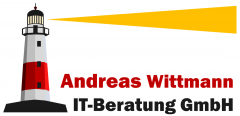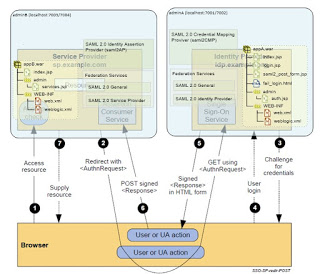This article examines the creation of an AI-powered system for automating freelance job applications, discussing technical implementation, practical outcomes, and implications for platform business models in the evolving landscape of professional services.
📄 Download: PDF-Version of this Document.
1. When AI Agents Meet Freelance Platforms: Lessons from Building an Automated Application System

Recently, I came across a Financial Times article describing how Booking.com and Expedia are preparing for a future where AI agents can book hotels and flights directly, potentially reducing demand for these platforms.



